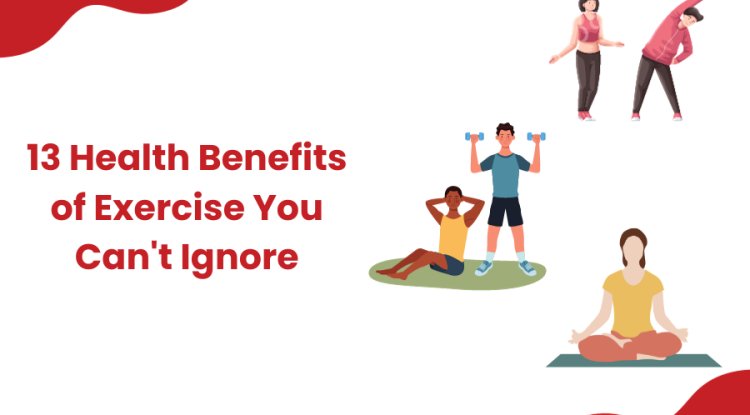Healthcare Solutions: Improving Access and Quality of Care

A basic human right is having access to high-quality healthcare, yet millions of people worldwide still struggle to get necessary medical treatment. There has never been a bigger need for creative solutions to raise access and quality of treatment, from underprivileged groups experiencing prejudice and unfair healthcare delivery to remote regions without medical facilities. This blog will examine some of the main obstacles to healthcare quality and access as well as creative fixes that are improving communities all around the world.
Issues with Healthcare Quality and Access
1.Geographic Barriers: Higher incidence of avoidable diseases and inequities in health outcomes result from the frequent lack of access to healthcare facilities and medical personnel in rural and remote regions.
2.Financial Barriers: In low-income and underserved communities in particular, the high cost of healthcare services—including hospitalization, prescription drugs, and physician consultations—can discourage people from getting the care they need.
3.Cultural and Language Barriers: Obstacles of Culture and Language Immigrants and refugees among other varied populations can have their quality of care compromised by language and cultural obstacles as well as by inadequate culturally competent treatment.
4.Disparities in Technology and Infrastructure: Particularly in situations with low resources, inadequate infrastructure, antiquated medical equipment, and restricted access to technology can make it more difficult to provide high-quality healthcare services.
5.Health Inequalities and Discrimination: Exacerbating current health disparities, marginalized groups—including ethnic minorities, LGBTQ+ persons, and those with disabilities—often experience discrimination and unfairness in healthcare access and treatment.
Innovative Approaches to Enhance Care Quality and Access
1.Remote Health Services and Telemedicine: By enabling virtual diagnosis, remote patient monitoring, and remote consultations, telemedicine platforms and mobile health apps increase patient comfort and increase access to healthcare services in underprivileged communities.
2.Community Health Workers and Outreach Programs: Community health workers are essential in bringing preventative care, health education, and hospital referrals to isolated and underprivileged populations.
3.Mobile Clinics and Health Camps: By providing medical consultations, screenings, immunizations, and necessary medications in isolated and underdeveloped areas, mobile clinics and health camps directly reach communities in need.
4.Health Education and Awareness Campaigns: By increasing knowledge of preventative measures, early disease detection, and healthy lifestyle choices, health education and awareness campaigns enable people to take charge of their own health and well-being.
5.Collaborative Partnerships and Multisectoral Approaches: The creation and execution of comprehensive, multisectoral strategies to tackling intricate healthcare issues and advancing sustainable solutions are made possible by collaborative partnerships between governments, NGOs, healthcare providers, and community organizations.
CONCLUSION
Achieving universal health coverage and guaranteeing health equity for all depend on enhancing access to and quality of healthcare. By tackling the fundamental obstacles to healthcare access—geographical, financial, cultural, and infrastructure—and putting creative solutions like telemedicine, community health workers, mobile clinics, and health education initiatives into place, we can significantly advance the objective of providing high-quality, accessible healthcare for everyone, everywhere. Our combined efforts can create a more just and healthy future for coming generations.
What's Your Reaction?


















